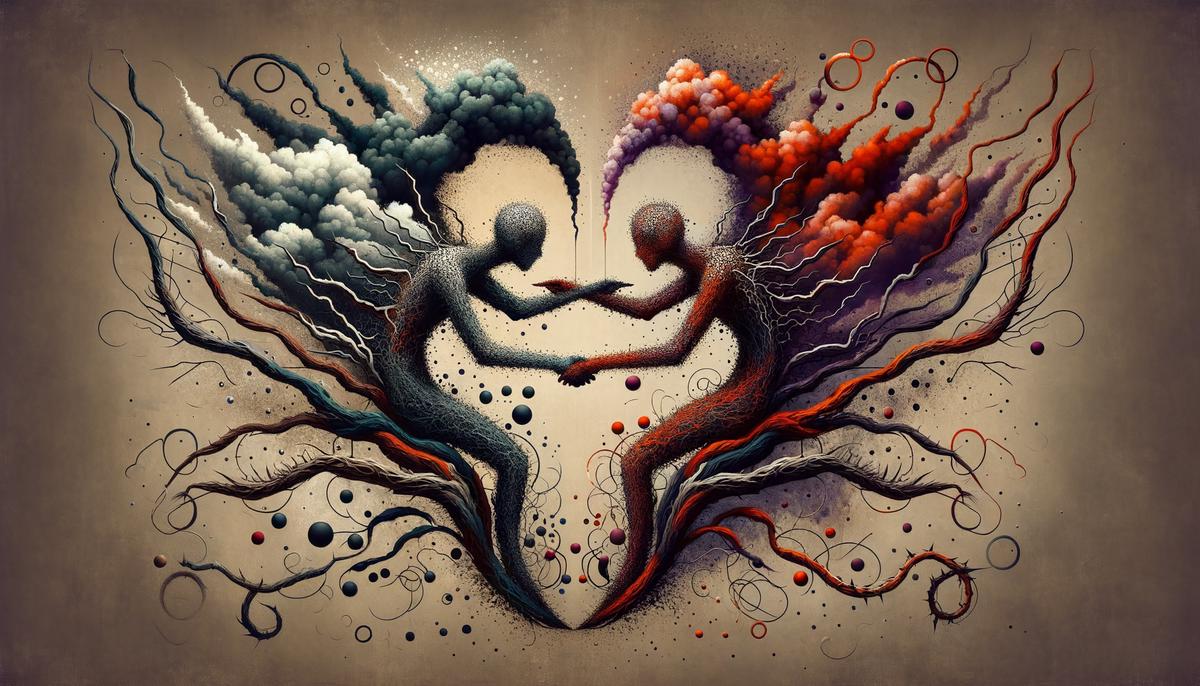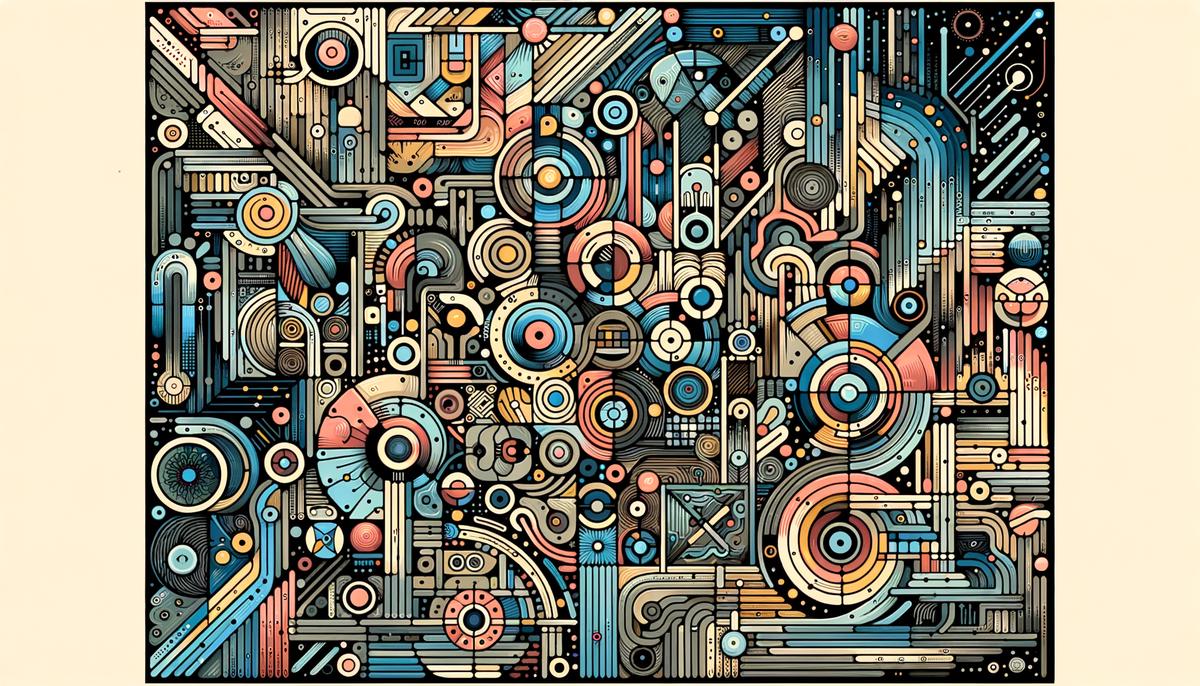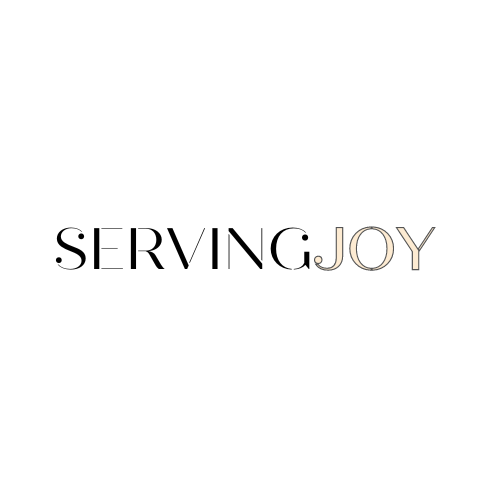Toxic relationships, a term that often echoes through the corridors of modern social discourse, bring to light the darker aspects of human connections. This discussion aims to shed light on the characteristics that define such relationships and the profound impact they have on individual well-being. By understanding these dynamics, we embark on a journey toward healthier interactions and personal growth.
Understanding Toxic Relationships
A toxic relationship in modern society often surfaces through consistent patterns of psychological manipulation, where one partner exerts control over the other. This includes gaslighting, a tactic that makes someone question their reality and leads to profound self-doubt. A key indicator of a toxic relationship is the presence of jealousy and possessiveness, which masquerades as concern but serves to isolate individuals from their support networks.
Another hallmark is an unequal power dynamic, characterized by one person making all the decisions, whether they’re about daily plans or major life changes, without considering their partner’s wishes or feelings. Toxic relationships frequently display a lack of respect, where derogatory comments and criticism are not uncommon, undermining the partner’s self-esteem and worth.
Communication in such relationships often turns dysfunctional, with discussions quickly escalating into arguments without any resolution or mutual understanding. These interactions leave individuals feeling drained rather than supported.
Furthermore, toxic partnerships lack boundaries. One person might consistently disregard the other’s personal space, thoughts, or feelings, insisting that their overbearing behavior is proof of their love or concern. In a healthy relationship, both individuals respect each other’s limits and recognize the importance of personal autonomy.
In modern contexts, social media adds another layer of complexity to toxic relationships. The surveillance of a partner’s online activities, dictate whom they can interact with, or demand access to private messages are common toxic behaviors. The digital age amplifies traditional forms of control and manipulation, given its expansive reach into individuals’ private lives.
Toxic relationships also defy the principle of mutual support. Instead of celebrating successes, one might sabotage or belittle their partner’s accomplishments due to insecurity or competitive tendencies. This behavior prevents personal growth and happiness within the relationship.
Continuous cycles of breakups and makeups are prevalent in toxic relationships, generating a chaotic environment that hinders emotional stability and security. This pattern often stems from an addictive-like dependence rather than healthy connection.
Silent treatment is employed as a method of punishment instead of addressing issues openly and honestly, eroding trust and intimacy between partners. This passive-aggressive behavior avoids meaningful conversation and conflict resolution.
Finally, toxic relationships impact mental health significantly, leading to anxiety, depression, and a loss of identity. Victims may feel trapped by fear of loneliness or belief that they do not deserve better treatment. Recognizing these signs and seeking support is crucial in breaking free from toxic dynamics and fostering healthier connections.
In contrast to supportive, loving partnerships, toxic relationships compromise individual wellbeing for the sake of maintaining a dysfunctional bond. Identifying these traits can empower individuals to seek healthier interactions that promote mutual respect, growth, and fulfillment.

The Impact of Toxic Relationships on Well-being
Experiencing constant criticism in a relationship wears down a person’s self-confidence, leaving them to doubt their worth and abilities. This relentless negativity often results in a lowered self-esteem that can bleed into every aspect of life, affecting job performance, friendships, and how one views their potential.
Living with trust issues becomes a new normal for those who’ve been in relationships where secrets, lies, or infidelity were common. The broken trust extends beyond the relationship, leading individuals to question the honesty of others and struggle to form healthy relationships in the future.
Toxic relationships frequently subject individuals to emotional blackmail, a tactic used to control and manipulate by preying on emotions like guilt and fear. This can make the person feel trapped and powerless, struggling to make decisions without second-guessing their own feelings or worrying about the repercussions.
The unpredictability of a toxic partner’s mood swings creates a constant state of hypervigilance. This chronic stress condition keeps individuals in a perpetual state of alertness to imminent conflict, significantly draining their mental and emotional energy, leading to burnout.
Victims of toxic relationships often find themselves isolated from support networks. Partners may systematically undermine these connections by creating tension with friends and family or by monopolizing time and attention. This isolation leaves individuals without a support system at times when they most need one.
Coping mechanisms develop as a means of survival in toxic environments, which can include substance abuse, disordered eating, or risky behaviors. Initially, these might appear as temporary escapes, but they can evolve into destructive habits with long-term physical and mental health consequences.
Toxic relationships can trigger or exacerbate mental health disorders such as depression and anxiety. The persistent stress and negativity feed into cycles of worry, hopelessness, and sadness, potentially leading individuals to feel disconnected from themselves and the world around them.
Self-neglect often occurs as people lose sight of their needs and desires, prioritizing the relationship or their partner’s demands above their own. This lack of self-care and prioritization of personal well-being can manifest in neglected health, abandoned hobbies, and unfulfilled ambitions.
The constant demand to cater to a toxic partner’s needs can lead to a loss of autonomy. Over time, people may feel they’ve lost control over their life, making decisions based on pleasing their partner rather than what’s best for them, which stunts personal growth and satisfaction.
Children exposed to toxic dynamics in adult relationships may adopt these patterns as their norm, affecting their understanding of healthy relationships and potentially repeating cycles of toxicity in their own future relationships. This propagation of unhealthy dynamics underscores the broader societal impact of such relationships.
The aftermath of leaving a toxic relationship often includes a challenging recovery process where individuals must rediscover their sense of self, rebuild their confidence, and learn to trust again. While difficult, this process is crucial for healing and moving forward towards healthier relational patterns.
Rebuilding a positive relationship with oneself is a key step in recovery, involving self-forgiveness for any perceived mistakes and recognizing the strength it took to leave the toxic situation. Engaging in self-care practices and pursuing personal interests can empower individuals to reclaim their independence and joy.
Seeking professional support or therapy can be instrumental in overcoming the psychological toll of a toxic relationship. Therapists can provide strategies for addressing trauma, rebuilding self-esteem, and establishing healthy boundaries — crucial steps for emotional healing and fostering positive future relationships.

Breaking the Cycle
Seek alternate social circles and interests. Finding new hobbies or groups can offer fresh perspectives and experiences, unrelated to the toxic relationship, fostering personal development.
Document your feelings and experiences. Keeping a journal can serve as a therapeutic outlet, allowing for reflection and processing of emotions in a healthy manner.
Set incremental goals for independence. Start with small steps, such as spending time alone, building up to larger goals like financial independence, which can empower you to leave the toxic situation.
Practice assertive communication. Learning to articulate needs and boundaries clearly without aggression can mend fences with people who may have been pushed away, and command respect in all interactions.
Reconnect with old friends and family. Often, toxic relationships lead to severed connections. Reaching out to trusted individuals can aid in rebuilding a support network.
Focus on self-care routines. Whether it’s routine exercise, reading, or meditation, establishing a self-care regimen can boost overall well-being and confidence.
Reflect on personal values and beliefs. Understanding what truly matters to you outside of the relationship helps in realigning life choices with those individual values.
Educate yourself about toxic relationships. Reading books or articles on the subject can provide insights into patterns of behavior and coping strategies.
Envision a future free from toxicity. Imagining a life without the stresses and pain of the current relationship can motivate steps toward change.
Develop a safety plan. If the relationship presents a physical or severe emotional risk, it’s crucial to devise a plan for leaving safely, which might involve financial preparation or identifying a safe place to go.
Seek out supportive communities. Joining a group, either in-person or online, for survivors of toxic relationships can offer solidarity, understanding, and advice from those who’ve been through similar experiences.
Rediscover personal passions and interests that were set aside. Dedicating time to activities you love but neglected can reignite personal joy and fulfillment.
Learn from past experiences. Reflecting on what led to staying in the toxic relationship for so long can provide powerful insights for future relationships, ensuring healthier dynamics.
Practice gratitude for the small wins. Celebrating steps towards independence, no matter how small, fosters a positive mindset and recognises personal strength.
Harness the power of affirmations. Repeating positive and empowering statements about oneself can help rebuild an internal narrative that counters any negative beliefs instilled by the toxic partner.
Establish a network of mentors and role models. Connecting with individuals who embody healthy relationship qualities can provide tangible examples to aspire to.
Remember, time heals. Recognise that healing from toxicity is a gradual process, allowing yourself patience and understanding as you navigate towards a healthier life.

Healing and Recovery
Creating a haven at home plays a crucial role in recovery. Transform your living space into a sanctuary that reflects your personality and brings you peace. Invest in items that contribute to a soothing atmosphere, such as plants, comforting textiles, and artwork that inspires you.
Taking up a new hobby or revisiting an old one allows you to rediscover facets of yourself that may have been neglected. Whether it’s painting, hiking, cooking, or coding, hobbies provide a sense of achievement and joy.
Volunteer work can offer a fresh perspective and a sense of purpose outside of your own experiences. Helping others not only contributes to your community but also boosts your self-esteem and connects you with people who share similar values.
Exploring spirituality or mindfulness can be a transformative aspect of healing. Practices like meditation, yoga, or attending spiritual gatherings can foster inner peace and help you regain control over your thoughts and emotions.
Adopting a pet has been shown to significantly reduce stress, anxiety, and loneliness. The unconditional love and companionship of an animal can be incredibly healing and bring joy into your life.
Setting healthy boundaries in future relationships is critical. Learning to say no and ensuring your needs are met without feeling guilty are essential skills for maintaining your wellbeing.
Understanding the role of forgiveness in the healing process—not necessarily forgiving the person who hurt you, but forgiving yourself for any perceived mistakes or shortcomings. This step is vital for moving forward.
Accept that healing is not linear. There will be good days and challenging ones. Embrace this journey with patience and kindness towards yourself, knowing each day brings you closer to recovery.
Journaling can be a powerful tool to track your healing progress. Reflecting on where you started and recognizing the growth along the way can be incredibly affirming and motivating.
Teach yourself critical thinking when it comes to new relationships. Analyzing behaviors and red flags without immediate emotional investment can protect you from future toxicity.
Exploratory therapy sessions, which may include cognitive behavioral therapy (CBT) or Eye Movement Desensitization and Reprocessing (EMDR), can help in resolving lingering trauma from past relationships.
Physical activity should be a cornerstone of your healing routine. Exercise releases endorphins, nature’s mood elevator, which can counteract feelings of sadness and boost your energy levels.
Lastly, building a tradition of celebrating your milestones, irrespective of their size, can be uplifting. Each step forward, no matter how small, is progress and deserves recognition.

Preventing Toxic Relationships
Open communication workshops in communities can lay a foundation for healthier relationships by teaching individuals how to express their needs, listen actively, and resolve conflicts constructively. These workshops could be organized by local organizations and include interactive sessions where participants can role-play scenarios and practice new skills in a supportive environment.
Communities can collaborate with schools to introduce curricula on emotional intelligence and healthy relationships from an early age. Programs could cover topics such as empathy, self-respect, mutual respect in friendships and romantic relationships, and how to recognize unhealthy behaviors. By embedding these lessons in the school curriculum, young people can gain the tools they need to build positive relationships throughout their lives.
Developing a bystander intervention program can empower individuals within a community to stand up against toxic behaviors observed in others’ relationships. By training community members on how to safely intervene when they witness signs of toxicity—such as disrespect, aggression, or control—they can help prevent these behaviors from escalating and offer support to those affected.
Launching public awareness campaigns on digital platforms and local media can spread knowledge about the characteristics of healthy versus toxic relationships. These campaigns could use stories and testimonials to highlight the importance of mutual respect, trust, and communication, making the concept more relatable and less abstract for a wider audience.
Creating support groups for those who have experienced or are experiencing toxic relationships can offer a space for shared understanding and healing. These groups can facilitate discussions about personal experiences, provide emotional support, and share resources for leaving unhealthy relationships. Community centers or health clinics could host these groups, ensuring they’re accessible to everyone.
Integration of relationship counseling and therapy services within primary healthcare can ensure that individuals have access to professional support when navigating or recovering from a toxic relationship. Making these services part of regular health care normalizes seeking help for relationship issues and encourages individuals to address problems early.
Partnering with tech companies to develop apps and online platforms that educate users about the features of healthy relationships and provide resources for those in toxic situations can leverage technology to reach individuals in a private and accessible manner. Features could include self-assessment tools, educational content, chatbots for immediate advice, and directories of local support services.
Encouraging local businesses to host relationship awareness events or support campaigns by offering venues or resources can extend the reach of educational initiatives within the community. Businesses could host speakers, workshops, or provide informational materials to their customers, creating multiple touchpoints for raising awareness.
Instituting peer mentorship programs in universities and workplaces where older or more experienced individuals offer guidance and support to their juniors on navigating relationships can help spread awareness about healthy relationship practices across different age groups and life stages.
Libraries can play a role by curating collections of books, films, and other resources that explore themes of healthy relationships, self-esteem, and personal growth. These resources could be highlighted during specific months dedicated to raising awareness about relationship health, encouraging learning and discussion within the community.
Collaborating with artists and creatives to produce works that challenge toxic relationship norms and promote ideas of healthy interaction can influence public perceptions and encourage conversation on the topic. Community art projects, theatrical performances, or music events centered on themes of love, respect, and healthy communication can offer powerful, emotionally resonant messages that resonate with diverse audiences.
By implementing a mix of these strategies, communities and individuals can work together effectively to foster environments that discourage toxic relationships and promote understanding, respect, and healthy interaction at all levels of society.

In conclusion, the essence of fostering environments that discourage toxic relationships lies in promoting understanding, respect, and healthy interaction at all societal levels. Recognizing the signs of unhealthy dynamics is the first step towards empowering individuals to seek and cultivate supportive, loving partnerships that contribute to mutual growth and fulfillment.







